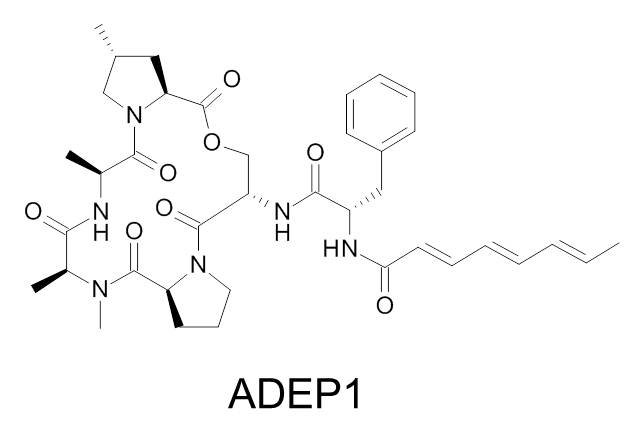Drug clears up persistent bacteria by getting them to digest themselves
Ars Technica » Scientific Method 2013-11-13

Drug resistant bacteria are, justifiably, a serious cause for concern. Most of the attention has focused on mutations or genes that confer resistance to our current repertoire of antibiotics. But bacteria have a second way to avoid being offed by our drugs: a tiny fraction of many bacterial species will go into a sort of suspended animation. Then, after the treatment is over, a few of these cells will pop back out, setting up the risk of a persistent, recurring infection.
So, the challenge has been figuring out how to kill off these dormant cells, since most of our antibiotics target cells that are rapidly growing. Now, researchers have found a molecule that induces dormant cells to kill themselves by indiscriminately digesting their own proteins. And, although bacteria can easily evolve resistance to this new antibiotic, doing so leaves them vulnerable to traditional ones.
We've been aware of bacterial dormancy since the 1940s, but its relevance to persistent infections wasn't obvious at the time it was discovered. Many species, including the familiar E. coli have the ability to largely shut down their metabolism and grow at an extremely slow pace. These persisters occur spontaneously in growing cultures, at rates as low as one-in-a-million bacteria. They remain genetically identical to their fast-growing peers; it's just that a random process triggers a different program of gene regulation, altering the cells' behavior.
Read 10 remaining paragraphs | Comments




